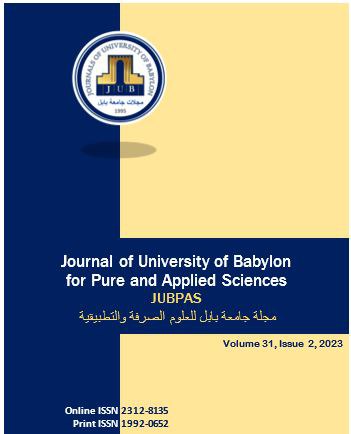Antibacterial Activity of Nanoparticle Biosynthesis by Bacteria
Main Article Content
Abstract
Background: The world's most common cause of illness and death is still bacterial infections. According to a World Health Organization report, bacterial resistance to antibiotics poses a serious threat to global public health. In recent years, the use of nanoparticles (NPs) as an antibiotic alternative has increased. Results: Due to the nanoparticles' inherent antibacterial activity, metal and metal oxide nanoparticles are the most promising nanomaterials for biological applications. Although nanoparticles have intriguing antibacterial properties, their use in medical applications is currently restricted due to the lack of clear understanding of the mechanisms underlying their action. Conclusion: The main focus of this review was the interactions between bacteria and the antibacterial capabilities of nanoparticles. Membrane contact, cation release, biomolecule oxidation, production of reactive oxygen species, and reactive oxygen species are some ways bacteria can kill themselves. Examining how NP affects gene and protein regulation patterns (transcriptomic and proteomic) is crucial.
Article Details
Section

This work is licensed under a Creative Commons Attribution 4.0 International License.
